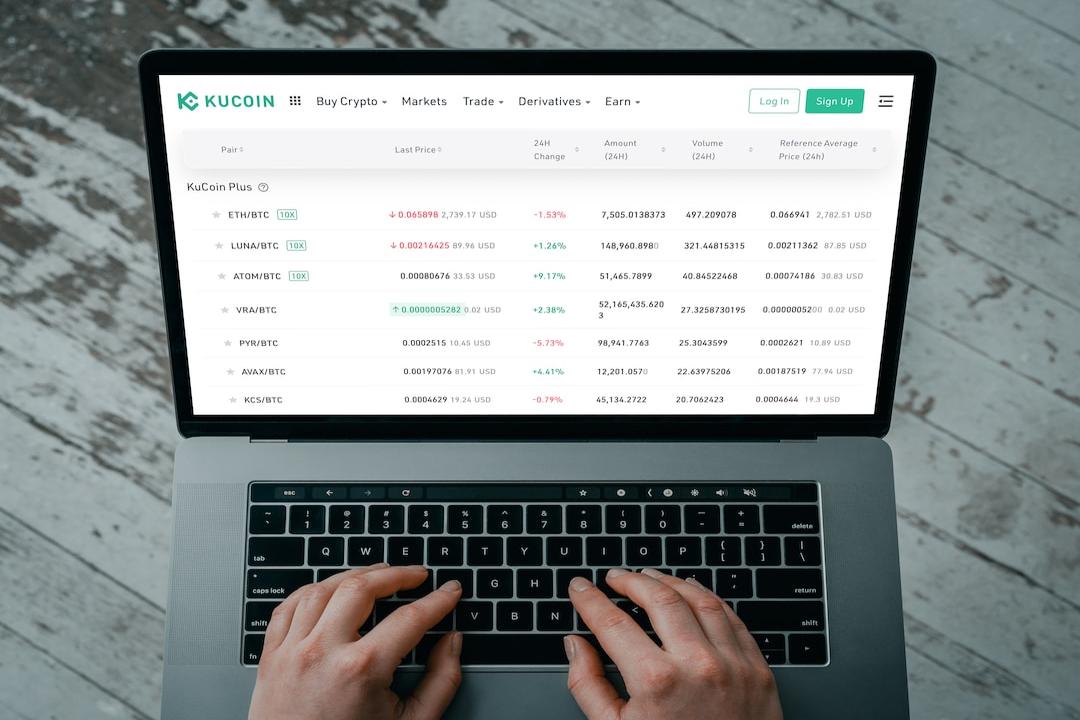Ethereum (ETH) has faced limitations in its ability to handle large volumes of transactions, which is a critical issue considering its increasing use cases and importance to various sectors. The upcoming Dencun upgrade, scheduled for March 13, is a step in the right direction but only provides a short-term solution. To fully unlock Ethereum’s potential, a sustainable long-term solution is needed.
The blockchain trilemma of scalability, security, and decentralization has been a longstanding challenge. However, multi-chain solutions that focus on interoperability and security have the potential to address Ethereum’s limitations and help it reach its full potential.
The Dencun upgrade, aimed at improving Ethereum’s scalability, is currently being implemented on testnets. Despite a bug causing a delay on the Goerli testnet, the deployment on Sepolia and Holesky went smoothly.
Dencun introduces the concept of proto-danksharding, which uses the “blob” format instead of calldata to reduce transaction costs. Data blobs offer significant storage efficiency improvements by compressing transaction data temporarily. They have the potential to be much more cost-effective than calldata, leading to an 80 to 90% reduction in costs. This format will also be used for the full sharding upgrade in the future. Overall, the Dencun upgrade will bring greater storage efficiency, lower gas fees, and an improved experience for developers, while making rollups even more cost-efficient.
While the Dencun upgrade is a positive step, it is not a permanent solution. The focus should be on expanding Ethereum’s capacity to support the growing number of transactions. This can be achieved through multi-chain solutions like rollups and appchains.
Appchains, also known as application-specific blockchains, are specialized networks designed to serve a single application. They can be built on top of a larger mainnet like Ethereum or layer-2 (L2) chains. By offloading transactions from the mainnet to the appchain, Ethereum’s capacity can be dramatically increased.
Rollup technology, on the other hand, processes transactions off-chain and then aggregates them into a single transaction on the mainnet. While less efficient than appchains, rollups offer flexibility and ease of deployment and management.
Using both rollups and appchains together can achieve a synergistic effect, combining transaction efficiency with flexibility and customization. This allows developers to design and deploy blockchain applications that meet user demands while maintaining efficiency and security.
Implementing multi-chain solutions on the Ethereum network presents challenges that require careful navigation. Managing interoperability between different chains and ensuring consistent security measures are key obstacles to overcome. Developers need a comprehensive understanding of the technical intricacies involved and a commitment to creating a developer-friendly environment for effective utilization of multi-chain solutions.
While Ethereum’s future is exciting, rapid growth brings challenges. Capacity is a growing concern, and while the Dencun upgrade improves efficiency, it is only a temporary solution. Expanding capacity through multi-chain solutions like appchains and rollups is the best way forward in the long term.
Nebojsa Urosevic, co-founder and senior vice president of research and development at Tenderly, emphasizes the need for sustainable solutions to unlock Ethereum’s potential. With experience in blockchain engineering and a bachelor’s degree in computer science, Urosevic provides valuable insights into the challenges and opportunities facing Ethereum.
Disclaimer: This article is for general information purposes only and should not be taken as legal or investment advice. The views expressed are solely those of the author and do not necessarily reflect the views of Cointelegraph.

